According to the Guardian, Russian space agency Roscomos says it has signed an agreement with China’s National Space Administration (CNSA) to develop a “complex of experimental research facilities created on the surface and/or in the orbit of the moon”.
The CNSA, for its part, said the project was “open to all interested countries and international partners” in what experts said would be China’s biggest international space cooperation project to date.
The Roscosmos chief, Dmitry Rogozin, wrote that he had invited the CNSA chief, Zhang Kejian, to the launch of Russia’s first modern lunar lander, Luna 25, scheduled for 1 October. It is Russia’s first lunar lander since 1976.
Russia sent the first human into space but in the post-Soviet era, it has been eclipsed by China and the US, which have both made strides in space exploration and research.
This year Russia celebrates the 60th anniversary of its first-ever crewed space flight. It sent Yuri Gagarin into space in April 1961, followed by the first woman, Valentina Tereshkova, two years later. The US space agency Nasa launched its first crewed space flight a month after Russia, sending Alan Shepard up on Mercury-Redstone 3.
China – which has sought closer partnership with Moscow – in 2020 launched its Tianwen-1 probe which is now orbiting Mars. In December 2020 it brought rock and soil samples from the Moon back to Earth, the first mission of this type in over 40 years.
Chen Lan, an independent analyst specializing in China’s space program, said the joint lunar space station was “a big deal”.
“This will be the largest international space cooperation project for China, so it’s significant,” Lan said.
Nasa’s Perseverance rover last week conducted its first test drive on the planet. The US intends eventually to conduct a human mission to the planet, though planning is still preliminary.
Moscow and Washington are also collaborating in the space sector; however, Russia did not sign the US-led Artemis Accord for lunar exploration spearheaded by Nasa. Under the Artemis program announced in 2020 during the tenure of President Donald Trump, Nasa plans to land the first woman and the next man on the moon by 2024.
Roscosmos in 2020 lost its monopoly on crewed flights to the International Space Station (ISS) after the first successful mission of the US company SpaceX. Elon Musks’s SpaceX has become a key player in the modern space race and has announced plans to fly several members of the public to the moon in 2023 on a trip bankrolled by a Japanese billionaire.
HJ/PR

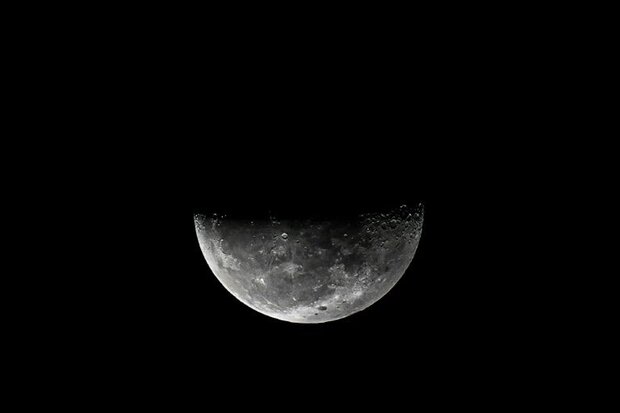


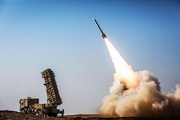
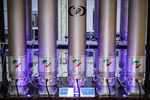
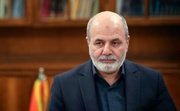


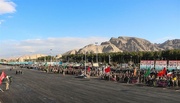


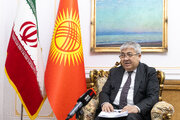




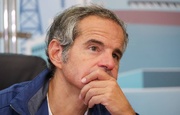





Your Comment